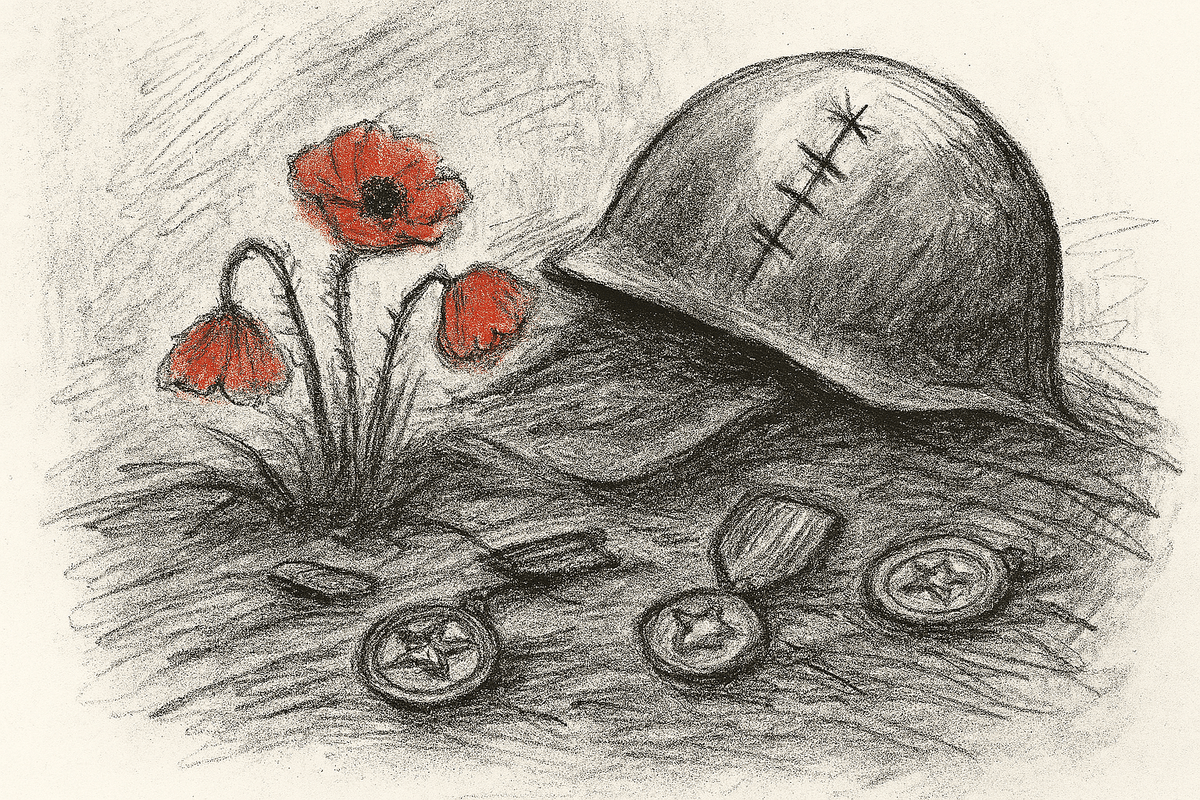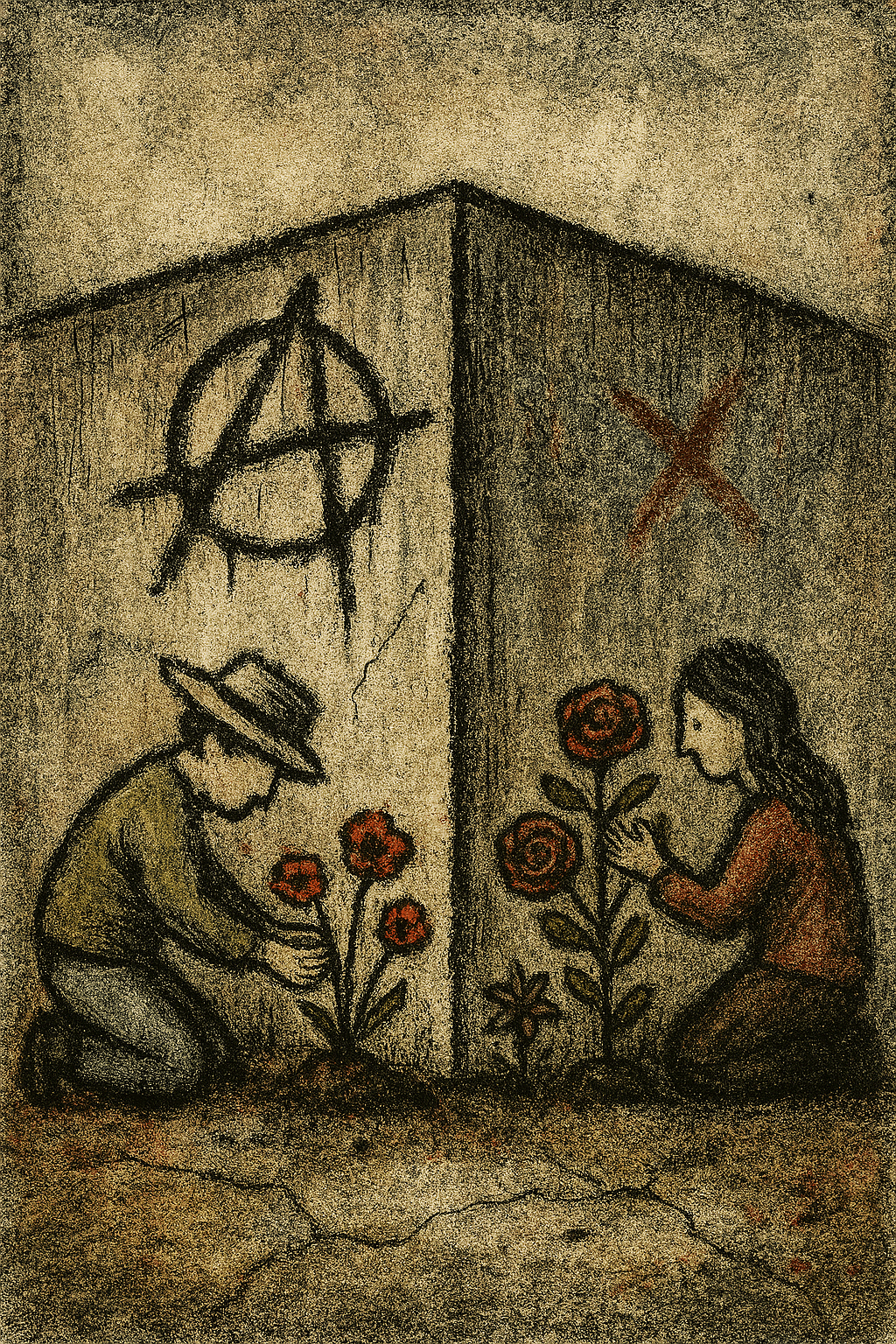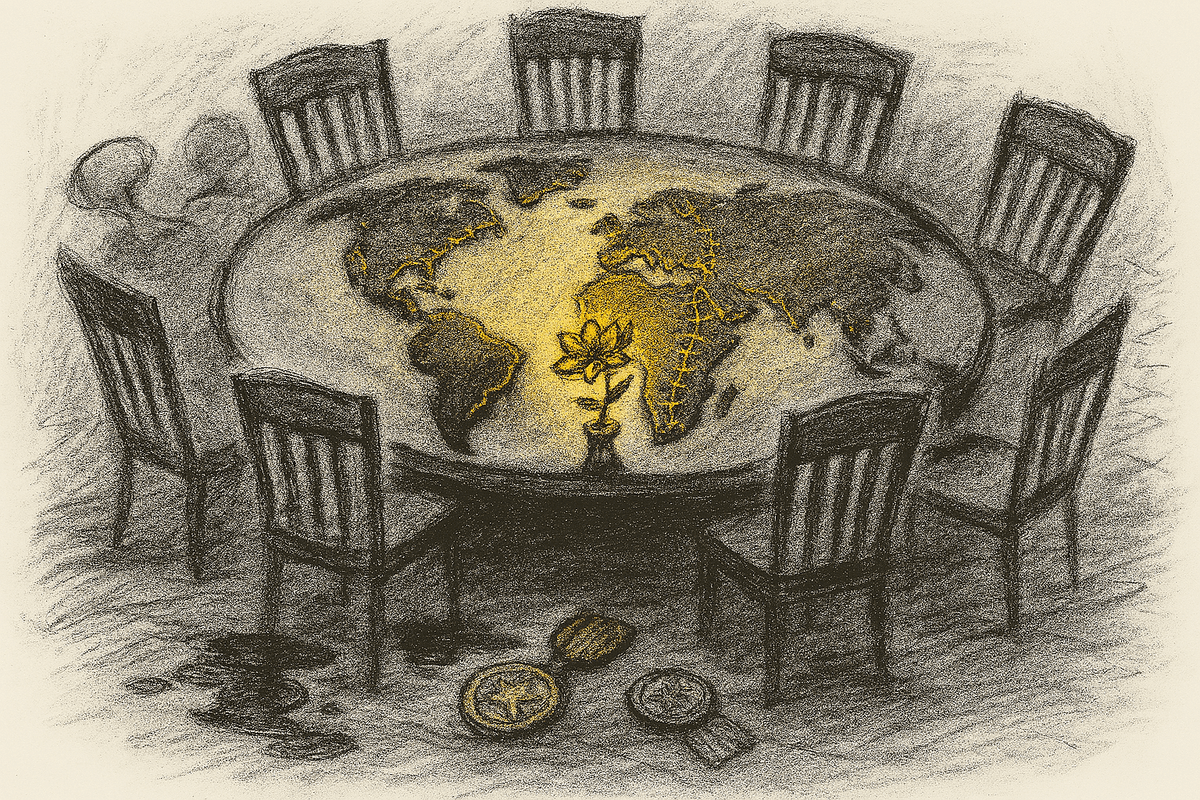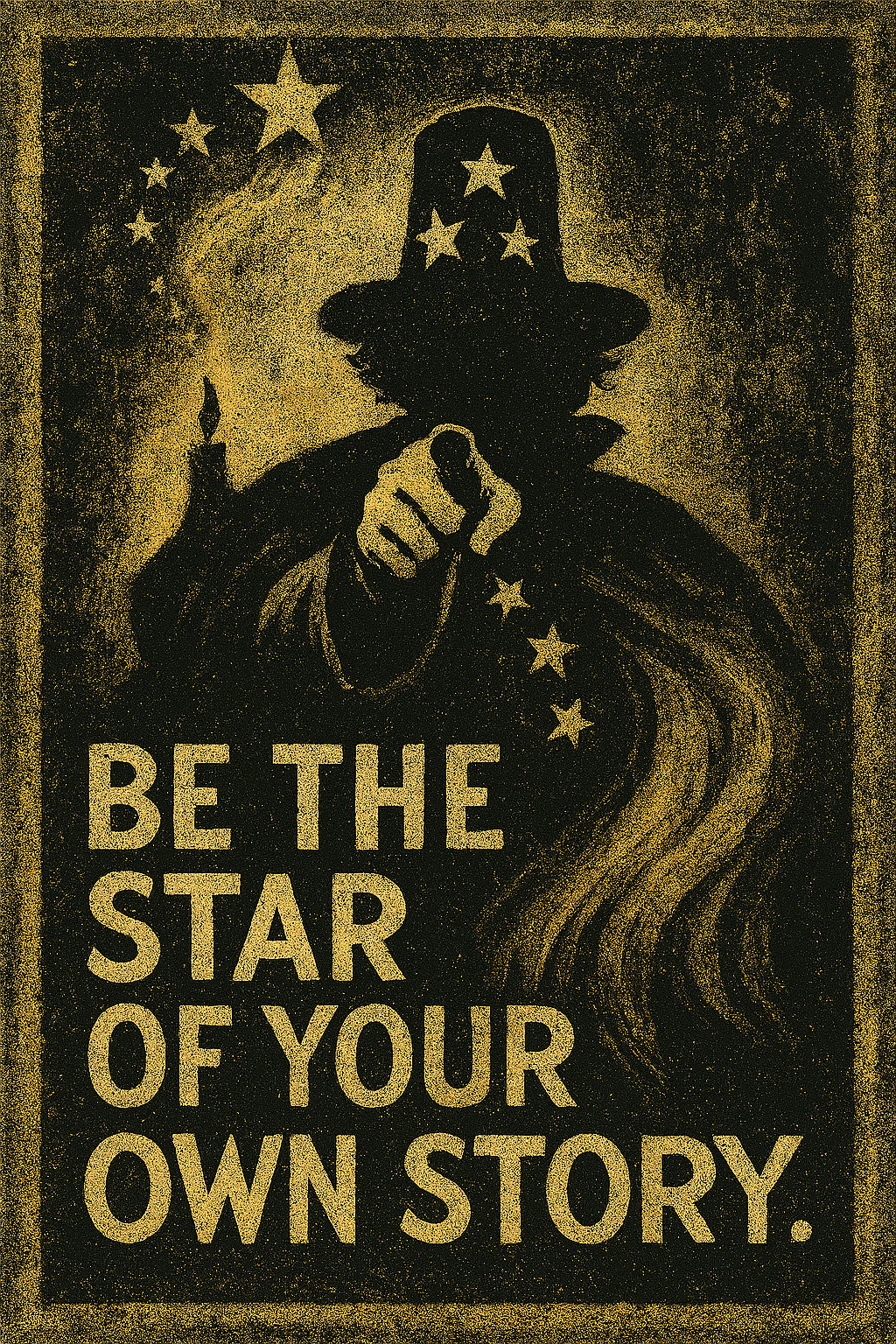In a world of progress and precision, our most enduring instinct remains destruction. We build machines that reach the stars, yet struggle to tolerate difference on the ground. This blog threads four expressive sketches and one enduring image of Tank Man across war, leadership, and remembrance.
The Cost of Conflict
The world feels unsettled. Not just in headlines or history books, but in the quiet corners where families grieve sons who never came home, daughters who disappeared into uniforms, fathers who were swallowed by duty, and siblings who became symbols instead of stories.
War, we’re told, makes heroes. But it also makes empty chairs at dinner tables. It makes trauma that threads through generations, long after the medals are polished and the speeches fade. The lesson we rarely teach is that war is not just a clash of ideologies—it’s a failure of listening.
War is often framed as noble but nobility doesn't comfort the mother who buried her child, it doesn't soothe the sibling who watched their brother unravel. It doesn't rebuild the communities fractured by decisions mad efar from their kitchen tables.

Sometimes, a small group commits a despicable act. The IRA. The bombing of civilians. The retaliation. And while those groups may have a right to be heard, the cost of their methods is borne by thousands who never asked to be part of the fight. Hot-headed leaders, deaf to nuance, decide on war. And the rest of us inherit the rubble.
So what do we do?
Fences, Not Battlefields
What if we taught a different lesson?
That you don’t have to like your neighbours. You don’t have to agree with them. But you do have to tolerate them. You do have to negotiate. You do have to build fences—not to isolate, but to define boundaries. To say: this is mine, that is yours, and we will not burn the whole village because we disagree. We negotiate, we tolerate. We learn to live beside difference. Because peace isn't agreement - Its endurance.
Agree to disagree. It’s not passive. It’s radical. It’s the refusal to let conflict become legacy. It’s the quiet heroism of restraint.

The Stitched Heart of Remembrance
We remember them, not to celebrate war but to remember the cost.
The medals show they were there. That they believed. That they stood where others fell. But they don’t replace the lost eye. They don’t rebuild the limb. They don’t return the years swallowed by conflict or the trauma etched into dreams.
So we stitch the heart. Not to pretend it was never broken, but to show it was worth mending. Every thread a story. Every scar a refusal to forget. Every patch a promise: never again, not like this.
Stillness in the Face of Power
Some stand with medals. Some stand with scars. And some—like the man in this photo—stand with nothing but backbone.
He didn’t throw a stone. He didn’t fire a weapon. He simply stood. In front of tanks. In front of power. In front of history. And for a moment, the world saw what refusal looks like: not rage, not violence, but stillness.
Global Leadership and the Courage to Guide
The world cannot stand by while atrocities happen. WWII was a perfect example. But if the mission of world leaders meeting was to stop atrocities—not just prevent world war—then the world would be a better place.
Different parts of the world are in different stages of development and evolution. For leading nations to guide others away from the errors of the past would be far more noble than finger-pointing. It’s not about dominance—it’s about stewardship.
What if world leaders met to prevent atrocities—not just wars? What if guidance replaced finger-pointing?

Respecting Service, Redirecting Focus
Our Defence Force serves and represents our country with courage and commitment. Their role often extends beyond combat—helping rebuild cities, uplifting communities, and standing as symbols of pride and resilience. We should admire their dedication, not for destruction, but for the potential they hold to lead peacekeeping and humanitarian missions.
Imagine the progress we could make if nations focused on caring for each other instead of repeating cycles of destruction and reconstruction. If we stitched support instead of conflict, we might finally move forward—together.
Quiet Courage
You don’t have to be loud to make a stand. You don’t have to be difficult to voice an alternative. Sometimes, being the star of your own story means standing still while the tanks roll in. It means stitching your heart back together after the world breaks it. It means planting flowers along the fence line, even when your neighbour won’t wave back.
Honoring sacrifice without glorifying conflict. Where stitched hearts remember, not with rage, but with clarity.
Be the star of your own story


